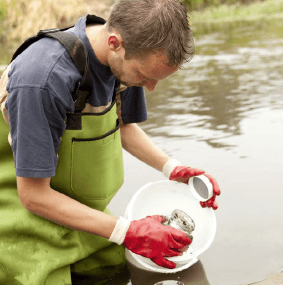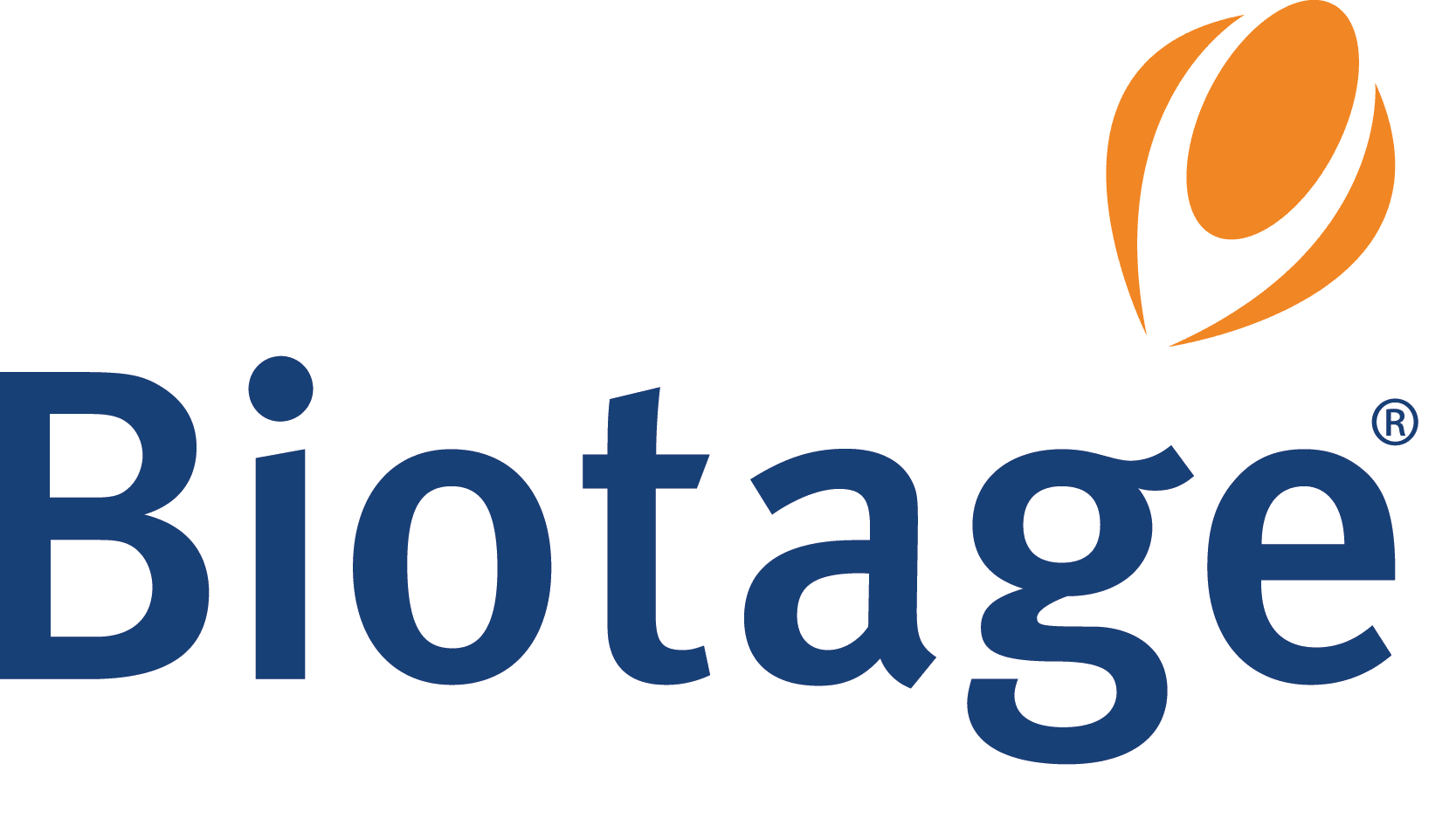Key Words
Accucore, Core Enhanced Technology, solid core, polychlorinated biphenyls, PCB, environment, HPLC
Abstract
Polychlorinated biphenyls (PCBs) are man-made organic compounds composed of two phenyl (benzene ring) groups with multiple chlorine atoms attached. The heat-resistant and non-conductive properties of PCBs led to their extensive use as coolants and lubricants in electrical equipment until the late 1970s when their toxicity was recognized and their usage restricted. However, PCBs are very persistent environmental contaminants.
Abstract
Polychlorinated biphenyls (PCBs) are man-made organic compounds composed of two phenyl (benzene ring) groups with multiple chlorine atoms attached. The heat-resistant and non-conductive properties of PCBs led to their extensive use as coolants and lubricants in electrical equipment until the late 1970s when their toxicity was recognized and their usage restricted. However, PCBs are very persistent environmental contaminants. Improper disposal and storage of old electrical equipment continue to allow the chemicals to leach into the environment. Soil and water samples are routinely tested for the presence of PCBs, and a number of EPA methods exist for their analysis.1,2 This HPLC method shows the use of the Thermo Scientific Accucore C18 column for the separation of PCBs in a commercial mixture. The 20 minute analysis time provides good resolution between all components.

Introduction
Environmental monitoring of chemicals is becoming more widespread. Traditionally these analyses have been carried out using GC. In laboratories where access to GC equipment is not readily available, alternative approaches such as HPLC should be considered.AccucoreTM HPLC columns use Core Enhanced TechnologyTM to facilitate fast and highly efficient separations. The 2.6 μm diameter particles are not totally porous but have a solid core and a porous outer layer. The optimized phase bonding creates a series of high coverage, robust phases. The tightly controlled 2.6 μm diameter of the Accucore particles results in performance typically seen with sub-2 μm materials but at much lower backpressures.





